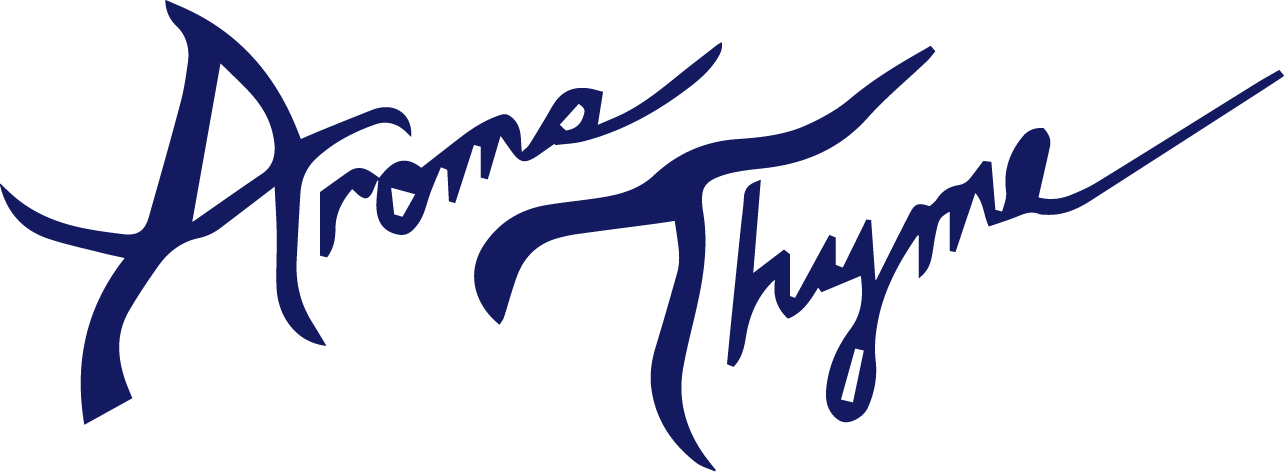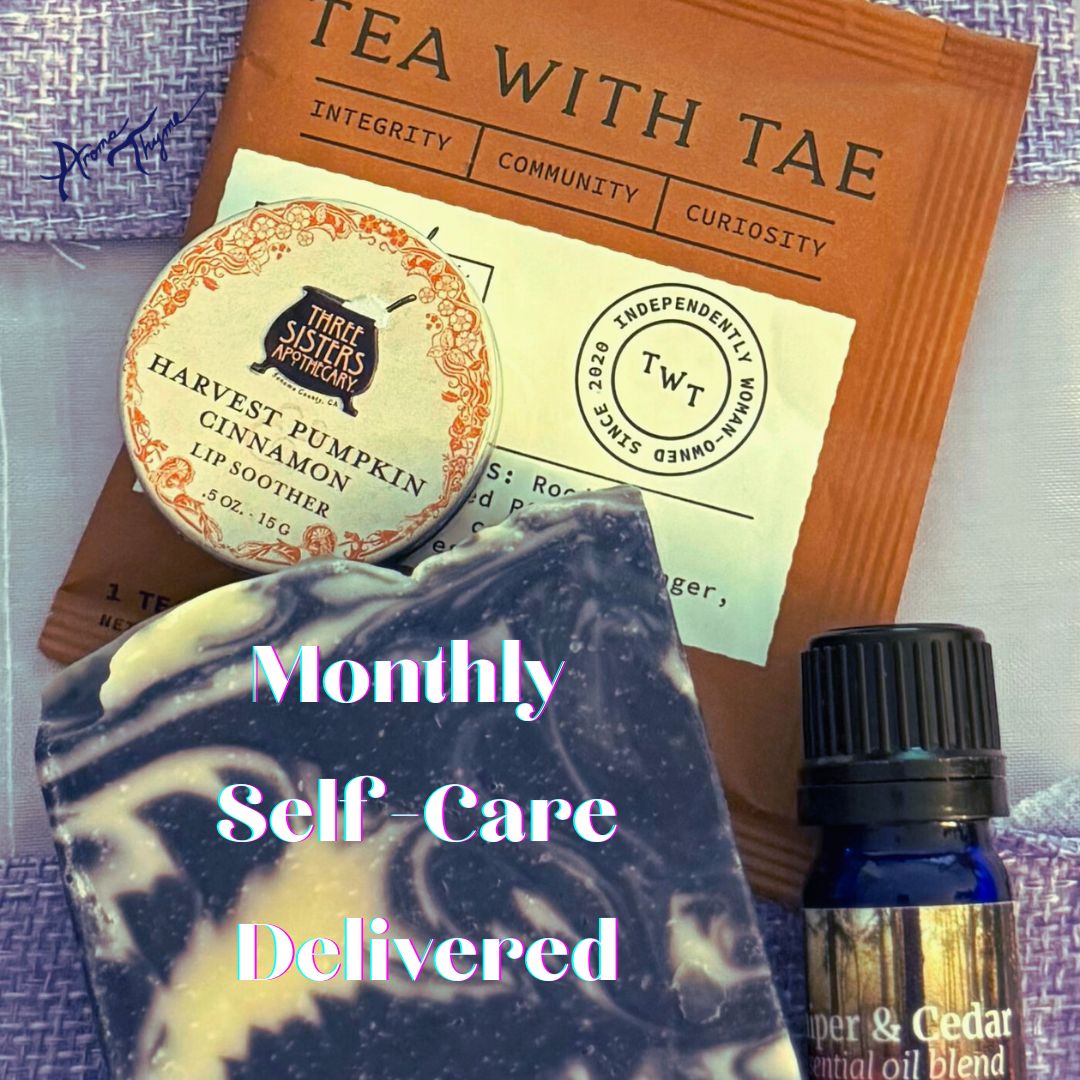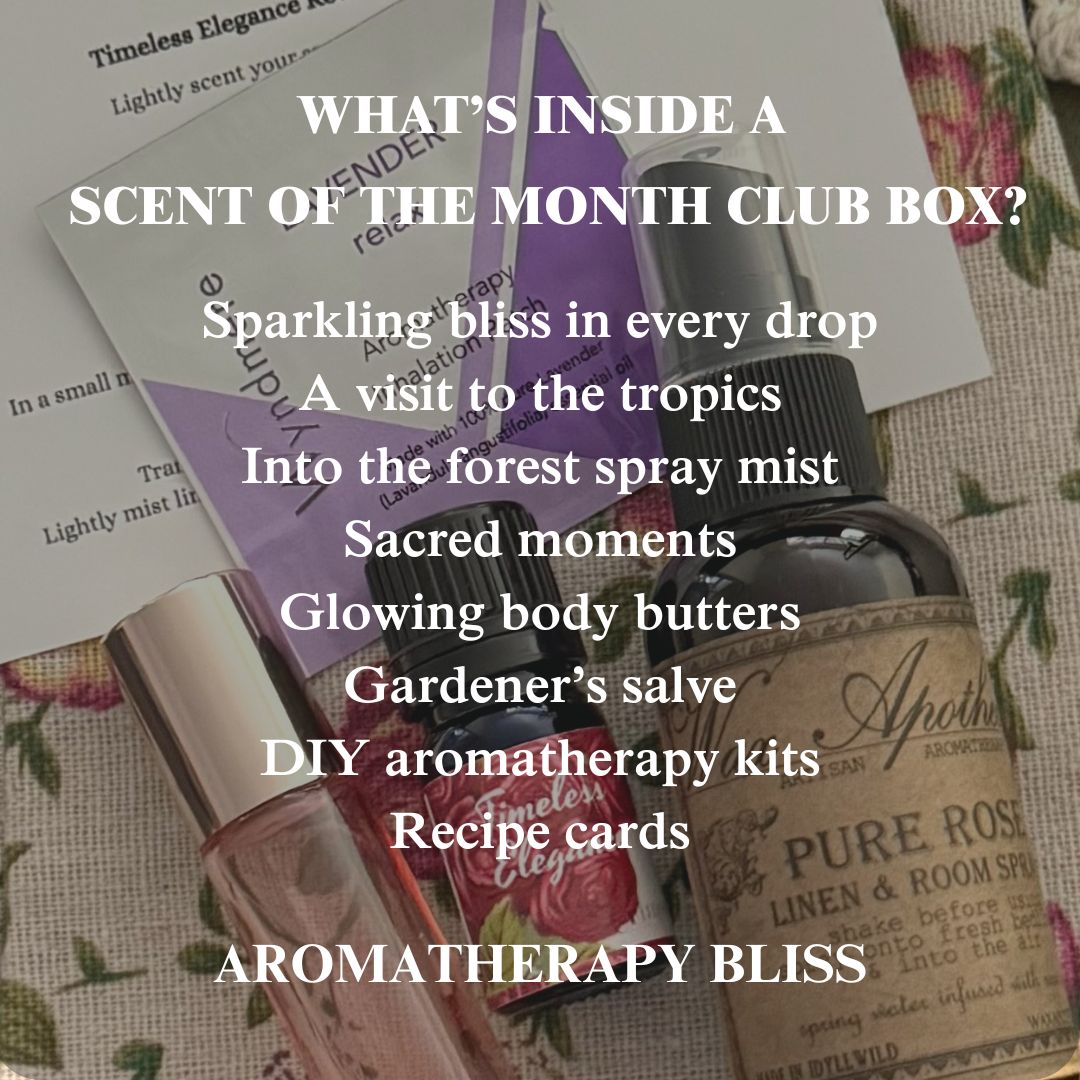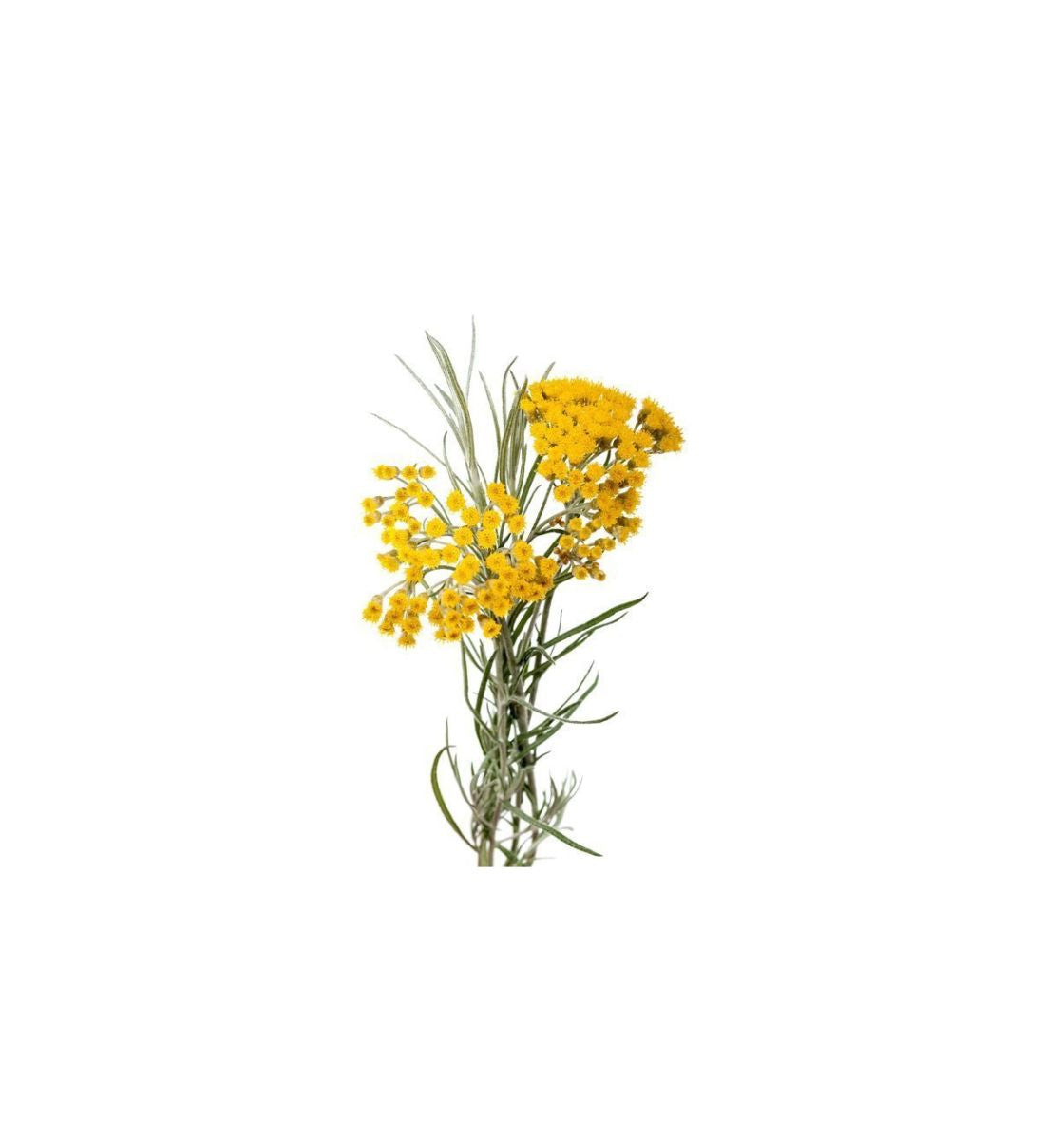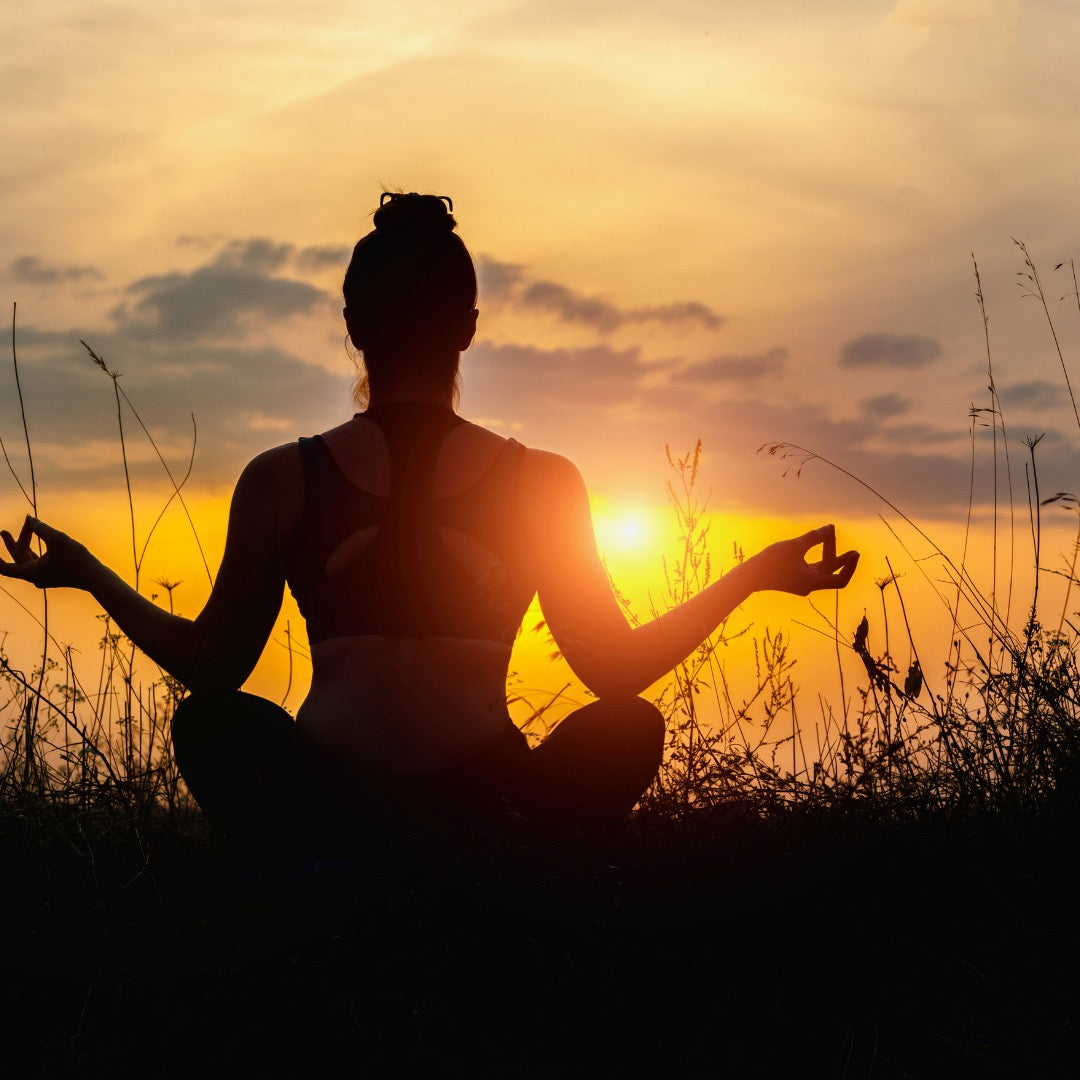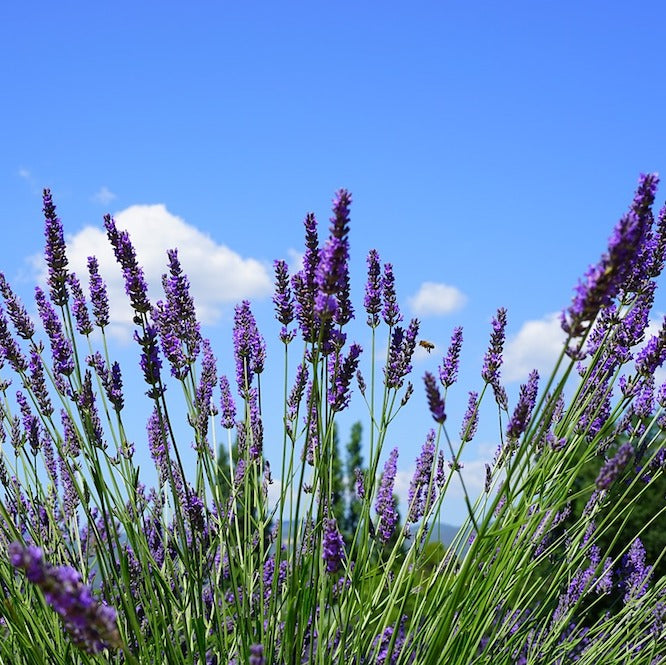
Lavender Essential Oil Profile
Lavandula species
LAVENDER
Lamiaceae (Lablatae) (mint family)
SpeciesLavendula vera (L angustifolia., L officinalis) refer to true lavenders. "Vera" indicates that it is wild grown and crafted. Lavendula var. Fragrans grows in the wild, while Lavendula. Maillette is cloned and cultivated.
Lavendula latifolia (Spike lavender). Spike lavender from the more southerly regions of France or from Spain tends to be least refined in aroma, having a high percentage of camphor. Spike lavender is a good choice for muscular and joint conditions.
L. x intermedia (Lavandin). This is a hybrid of true and spike lavender. Lavandin var. Grosso, var. Super, and var. Abrial are all clones.
Description
Lavender is a shrubby perennial plant with multiple woody stems, narrow grayish-green lea es, and small flowers growing on spikes. Flowers range in color from muted blue-violet (true lavender) to bright purple (lavendin). The whole plant is highly aromatic. Lavandln varieties tend to be larger, showier, and more tolerant of extreme environmental conditions. This makes them easier to cultivate, and their larger size yields more oil; hence their essential oil is less expensive than true lavender.
Distribution
True lavender is at home in the mountainous Mediterranean region. True lavender, growlng at higher altitudes, is highly valued for its therapeutic qualities often it has a higher ester content than hybrids grown at lower elevations. (Esters confer the soothing, sedative qualities to the essential oil.) Ester content also depends on the time of harvest, earlier flowers having higher ester content than later ones.
Extraction
Essential oil is steam distilled from the fresh flowering tops. (Spike lavender by water or steam distillation.)
Traditional Uses
Lavender is possibly the most familiar (and best loved) of all essential oils; most of us associate the smell of lavender with a grandmother, aunt, or other elder friend who wore the scent. Lavendula derives from lavare,the Latin word for "to wash." Lavender was used in Ancient Rome to scent bathwater; housewives placed lavender herbs to scent freshly washed bed linens. After the fall of the Roman Empire, lavender, along with other herbs, was grown in cloistered gardens tended to by monks and nuns. The herbs were used medicinally; Saint Hildegarde, Abbesse of Bingen during the 12th century, praised the healing properties of lavender in her writings. During medieval times lavender was strewn on house and church floors to prevent disease. In Elizabethan times lavender was the herb of choice for sachets, and continues to be used today for potpourris, perfumes, colognes, and other products. Lavender is often used in England, in hospitals and care facilities for elders; in trials, lavender has been found to reduce the need for pain and sleeping medication.
Lauandula species LAVENDER PERSONAL ASSOCIATIONS
Mood: Memory: and Bodily Resonance:
PLANT PART:
Steam distilled from the fresh flowering tops.
COLOR:
Colorless to pale yellow.
AROMA:
Herbal-floral, with balsamic undertones. Higher ester content generally yields a sweeter, fruitier oil: Iavandin has woody undertones; spike lavender is more camphoraceous.
NOTE/INTENSITY:
Middle to top note; light-medium intensity.
ENERGY:
Balancing, calming, cleansing, refreshing, restoring
YIN/YANG
Yang (almost neutral)
PLANET:
Mercury
ELEMENT:
Air
BLENDS WITH:
Blends with most oils, often bridging and harmonizing different aromas: citruses, florals, clary sage, rosemary, geranium, vetiver, patchouli, nutmeg, clove, etc .
SAFETY:
Non-toxic, non-Irritant non-sensitizing.
Varieties having higher camphor content are best avoided during pregnancy and may be incompatible with homeopathy.
|
|
Physical: Circulatory Muscular & Skeletal
Action Analgesic, Anti-inflammatory Hypotensive
USES
MASSAGE/BATHS/COMPRESSES Blend in carrier oil for a Muscular & Anti- relaxing massage, or add to a bath, for relief of muscular aches and pains, or arthritis. Use a compress for localized muscle spasms, or for strains or sprains.
Physical Respiratory Antiseptic Anti-spasmondic
INHALATION/DIFFUSION
Combine with eucalyptus, tea tree, etc.for inhalation or diffusion to prevent infection. Diffuse or inhale to speed recovery from colds, flu, coughs, sinusitis,
Physical Skin
Anti- inflammatory Cicatrizant, Detoxifying, Stimulating, Vulnerary
TOPICAL COMPRESSES/BATHS
Use for all skin types; decongests and balances the skin to clear acne; use in blends for eczema and psoriasis, Valuable first aid for bruises, wounds, burns or for any inflamed or infected skin condition. Helps prevents scarring and stretch marks. Spray on (diluted in water) to soothe sunburns. Apply neat to exposed skin to repel insects.
Mental Emotional Neuroendocrine
Anti-depressant, Nervine, Sedative
DIFFUSION/INHALATION/MASSAGE/BATHS
Use alone or in synergies and blends to relieve mild depression, irritability, nervous tension. Inhale and apply (neat) to suboccipital and other head/neck/faclal muscles to relieve migraines and headaches.
Subtle Energy Body Balancing
DIFFUSSION/ENERGETIC BODYWORK (Dilute 1 % or less}
Links the throat (Sth),third eye (6th) chakra: opens the crown.
Brings balance and moderation to our thoughts and actions.
Inspires in us our ability to be of service to others.
